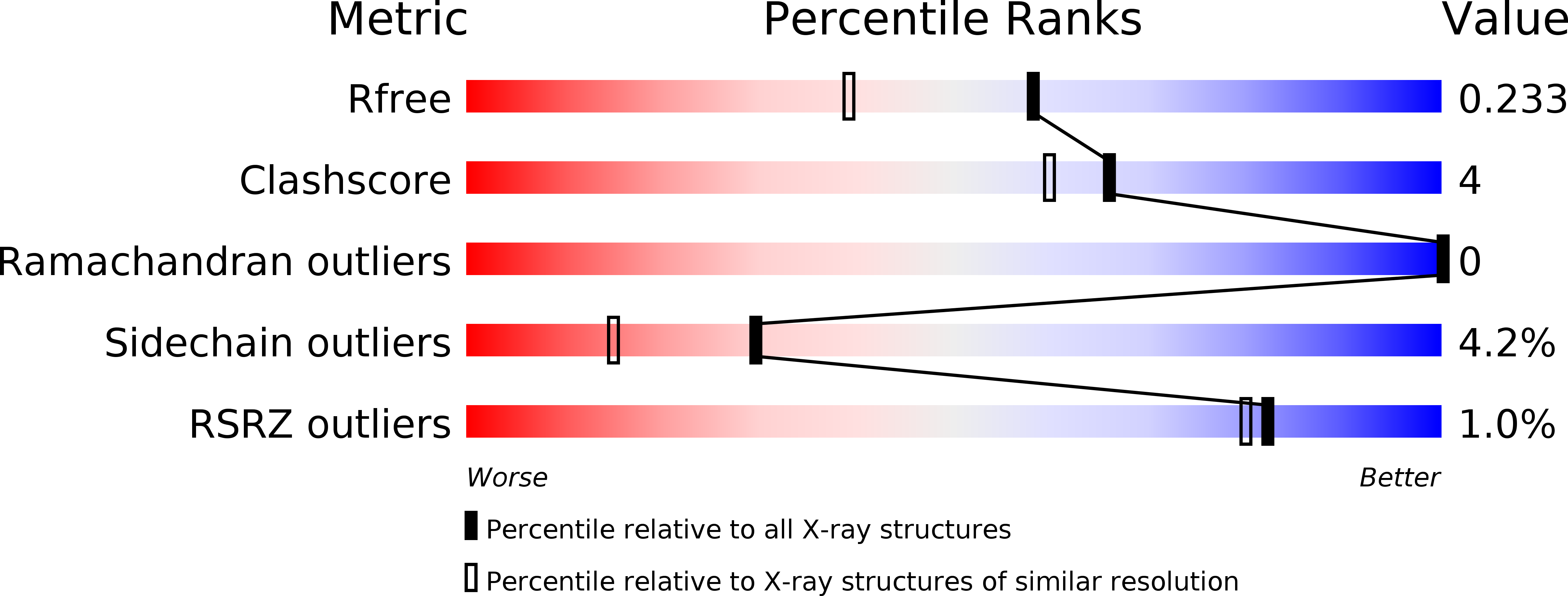
Deposition Date
2004-08-24
Release Date
2004-09-07
Last Version Date
2023-08-23
Entry Detail
PDB ID:
1XA1
Keywords:
Title:
Crystal structure of the sensor domain of BlaR1 from Staphylococcus aureus in its apo form
Biological Source:
Source Organism:
Staphylococcus aureus (Taxon ID: 1280)
Host Organism:
Method Details:
Experimental Method:
Resolution:
1.80 Å
R-Value Free:
0.22
R-Value Work:
0.18
R-Value Observed:
0.18
Space Group:
P 1 21 1


